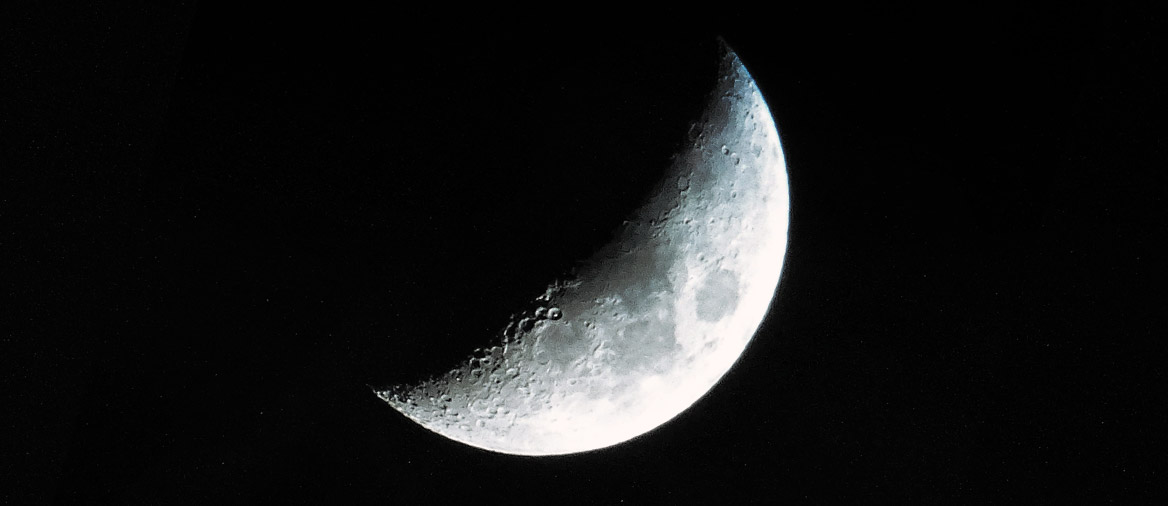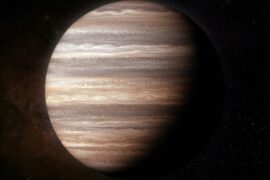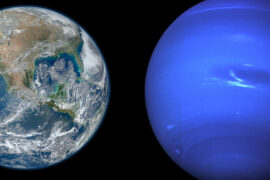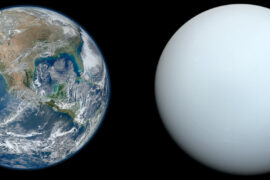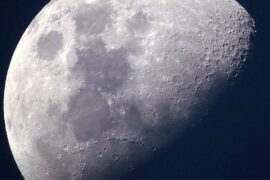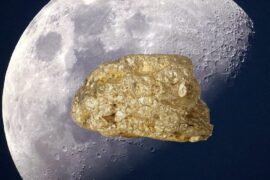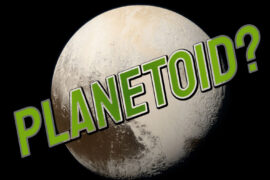The Moon is the closest celestial body to Earth we have. As such, scientists have managed to learn a lot about it since ancient times. We understand very well how it works, what it is made of, and how it affects our own planet.
But since there are more than 200 other Moons just in the Solar system, is there anything that makes our Moon particularly interesting or special?
Well, as it turns out, there is.
In this article, we’ll take a look at some of the most unique characteristics of the Moon and what they mean for us down here on Earth. We have talked in the past about how the Moon was crucial for the development of life but there is a lot more to cover.
1. The Moon is the only satellite that does not have a companion
Six out of the eight planets in the Solar system have natural satellites, or moons as we more commonly refer to them. But Earth is the only planet that has just one.
There are a couple of theories as to why that is the case. But in the end, it all comes down to one main reason: gravity.
First, Earth is not close to any of the asteroid belts where many of the moons of the other planets originate. It is believed that both of Mars’s moons came from the asteroid belt between the red planet and Jupiter.
Many of the dozens of Saturn’s and Jupiter’s moons are believed to have been asteroids at some point that moved inward and then got captured by their gravity. Even the dwarf planet Pluto has five moons because of its closeness to the Kuiper belt, the other source of comets and asteroids in the Solar system.
The second reason why Earth doesn’t have any more natural satellites is because it is relatively close to the Sun. This means that if Earth were to capture a small object, a tug-of-war would start between Earth’s gravity and the Sun’s gravity. And the Sun would usually win. This is also the reason why Mercury and Venus do not have any moons.
2. The Moon was formed when another planet hit Earth
There are a few theories as to how the Moon was formed in the first place, but the most likely one also happens to be the coolest.
Scientists believe that in the early days of the Solar system, about 4.5 billion years ago, a whole planet the size of Mars (which is about 1/3 the size of our planet) impacted Earth. This theoretical planet has been named Theia.
The impact would have taken out large chunks of rock from both planets that would later form the Moon.
The evidence for this theory includes the lack of (more) ice and iron on the Moon as well as remnants of Theia that can be found on Earth’s mantle even today.
3. The Moon is slowly getting farther away
As you may know, the Moon is responsible for the tides on Earth. Its gravity has a slight pull on the oceans which moves them causing the tides.
But the effect goes both ways. Some of the friction caused by the movement of the oceans is transferred back to the moon’s orbital movement.
But the effect this dance has on the Moon is very interesting. It is pushing the Moon farther away from Earth! Every year, the Moon gets about 3.8 cm (1.5 inches) farther away from Earth.
But worry not, this does not mean the Moon will split away from Earth. This effect will only continue until the Moon is about 50% farther away than it is today. At this point, it will stabilize in its orbit and will stop moving.
4. Only one side of the Moon is visible from Earth
One of the most curious things about the Moon is that until very recently, we hadn’t seen both sides of it.
Just like Earth, the Moon also rotates as it orbits the Earth. But the interesting part is the speed at which it rotates matches its orbital speed. This means that from our point of view down here, it looks as if the Moon would never spin because it is always facing us one way.
The “side” (hemisphere) of the Moon that is not visible to us has been nicknamed the “dark side of the Moon”. But scientists prefer to call it the “far side” because it does receive sunlight during certain phases of the Moon.
The first photo of the far side of the Moon was taken in 1959 by the Soviet Luna 3 spacecraft. In 2019, the Chinese space agency landed the Chang’e-4 lunar explorer.
5. The Moon appears to be the same size as the Sun from Earth
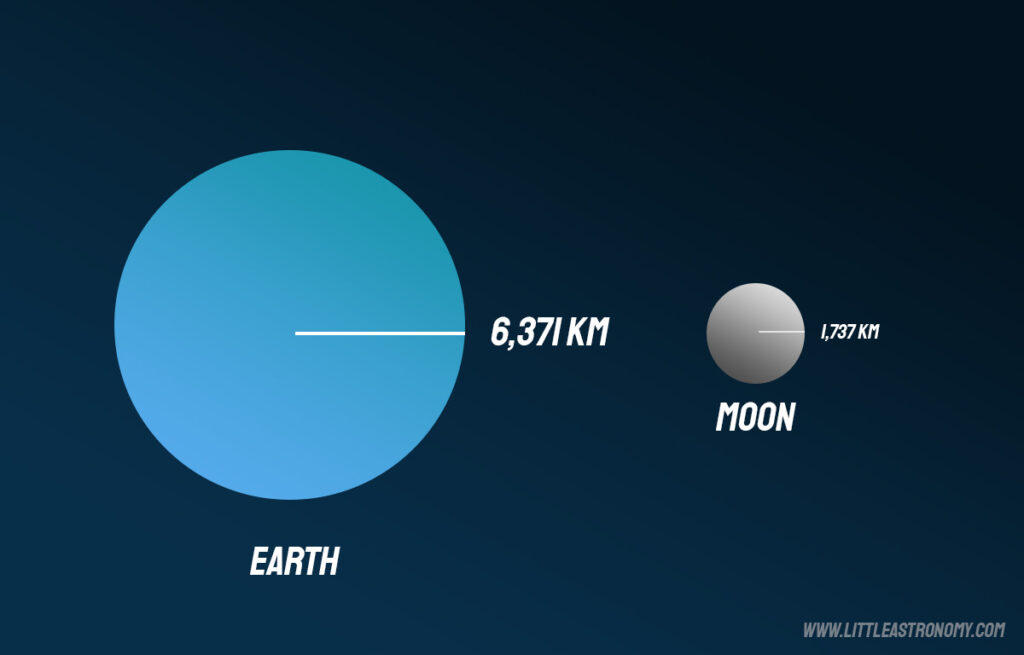
If you have ever seen a solar eclipse, you know that when the Moon passes in front of the Sun, it can block it almost exactly.
But not every eclipse in the universe is like that. For example, one of the Mars rovers photographed one of Mars’ moons passing in front of the Sun, creating an eclipse. But Phobos only covers a tiny fraction of the Sun so it looked just like a small black dot that didn’t even manage to dim any of the light coming from the star.
So how come on Earth solar eclipses completely block out the Sun?
It turns out the Sun is approximately 400 times bigger than the Moon. And the Moon is also approximately 400 times farther away from the Sun than from Earth. So, thanks to this amazing coincidence, the Sun and the Moon appear to be almost the exact same angular size in the sky.
There is no reason why this happened the way it did. It doesn’t appear to be a common phenomenon seen in other moons. It is simply a striking coincidence.
6. The Moon is the only celestial body besides Earth that humans have visited
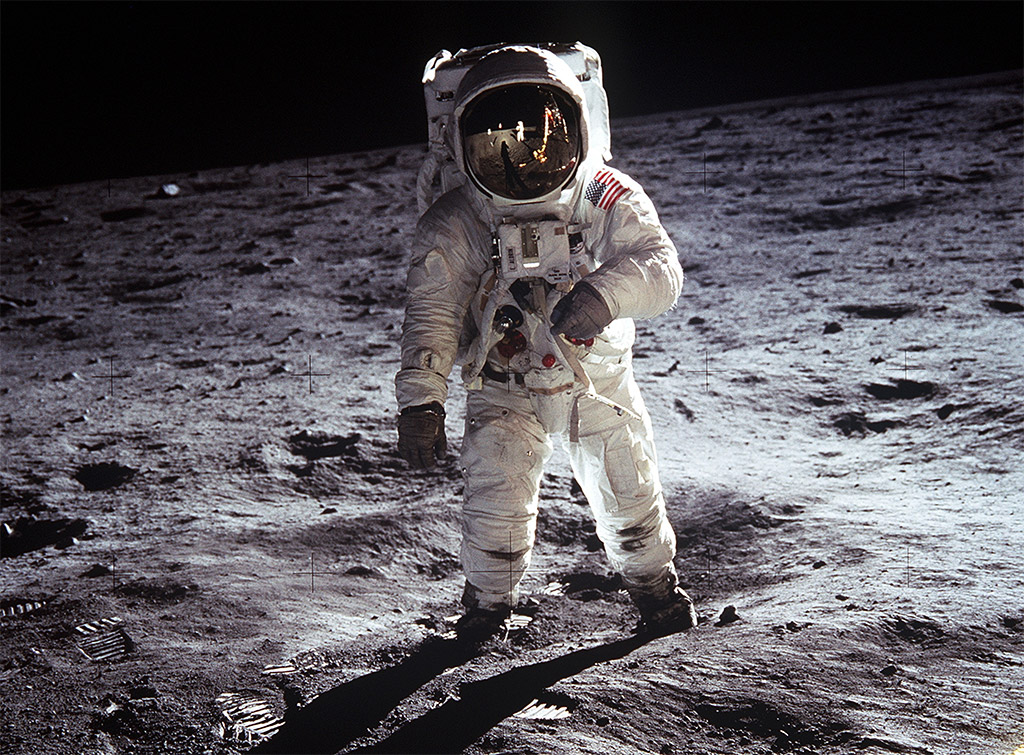
Despite our advances in space exploration technology, humans have only landed on one object other than our own planet, the Moon.
The first person to step on the Moon was Neil Armstrong, on July 20, 1969, as part of the Apollo 11 mission. Since then, a total of 12 people have walked on the Moon.
It has been more than 50 years since an astronaut walked on the Moon. The last to do so were Gene Cernan and Harrison Schmitt, in 1972. After all this time, NASA finally has plans to go back. The Artemis program is expected to land the first woman on the Moon in the next few years.
7. The Moon has an atmosphere
Even though it doesn’t look like it because it doesn’t have any clouds, the Moon also has an atmosphere.
The Moon’s atmosphere is extremely weak though. Its surface pressure is barely 0.3 nano pascals. For comparison, Earth’s atmosphere has an atmospheric pressure of 100 kilo pascals, which is 14 zeroes more.
As for its composition, it is mostly made out of helium, argon, and neon, with small traces of other elements.
8. The Moon is not bright
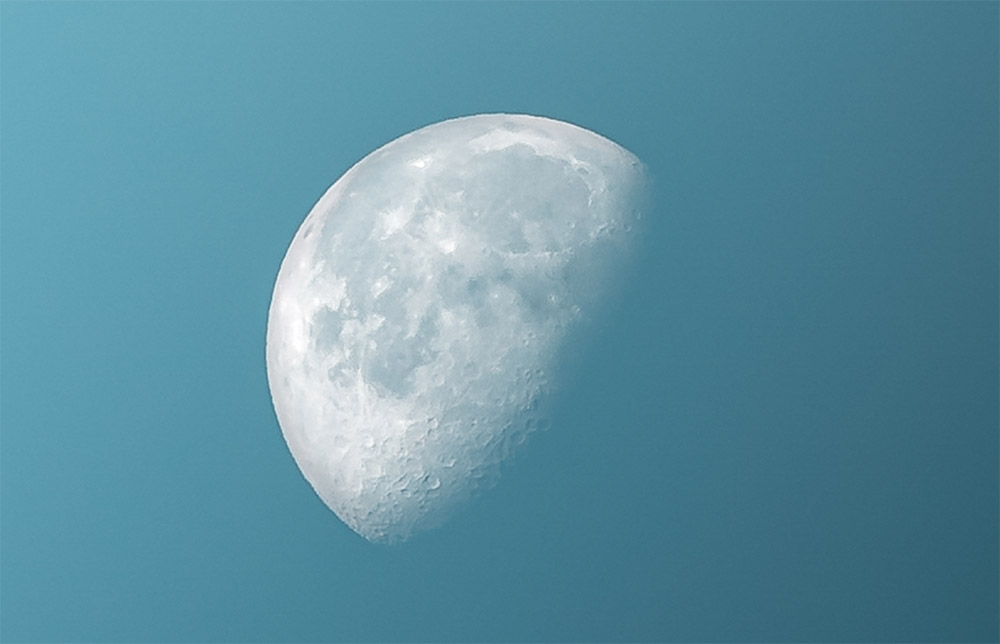
Planets and moons do not emit light, they only reflect the light of the Sun.
When there’s a full moon, the Moon looks very bright to us. People that regularly use telescopes will tell you that during that time, it is so bright that a filter is necessary to look at it.
But as it turns out, the Moon is actually not that bright. It just appears that way to use because of its proximity and angular diameter.
As a matter of fact, the surface of the Moon is one of the least reflective of all the objects in the Solar system. It has an albedo (which is a measure of reflectiveness) of only 0.13. Even Earth has a higher albedo at 0.36. The most reflective object in the Solar system is another moon, Enceladus, one of the largest moons of Saturn, which has an albedo of 1.37.
The lunar surface is covered by lunar soil, a layer of thin dust with a reflectiveness similar to asphalt.
9. The Moon has the most names.
The Moon is the object in the Solar system with the most diverse names.
Unlike most of the objects in the Solar system that are named after Roman mythological deities, the English word has a completely different origin. The word “moon” comes from the proto-indo-European word “mensis”, which means “month”.
But the Moon has many other names. For example, when used as an adjective (lunar dust, lunar period, etc.) and in scientific writing the word “Luna” is used. “Luna” is the Spanish word for moon, but it is also derived from the Latin lūna.
Other names associated with the Moon are Selene, for the Greek goddess of the Moon, Cynthia, and Artemis, and Diana, for the Greek and Roman goddesses of hunting.
10. You would weigh much less on the Moon
You might have seen those videos from the moon landings where astronauts hop on the surface of the Moon instead of walking normally.
This is because gravity is much lower on the Moon than on Earth. About six times lower.
A man that weighs 70 kilograms (154 lbs) on Earth would weigh the equivalent of 11.5 kg (25 lbs) on the Moon.
This occurs because the Moon is much smaller than Earth. Its diameter is only about 1/4 that of our planet’s. This means that you could fit approximately 50 Moons inside one Earth.
Enjoyed this article?
Get daily 10-minute PDFs about astronomy to read before bed!
Sign up for our upcoming micro-learning service where you will learn something new about space and beyond every day while winding down.

